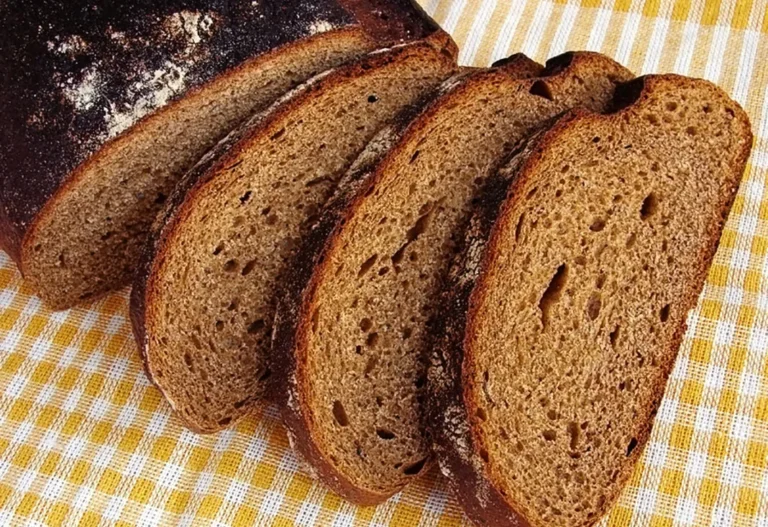Introduction: Exploring Estonia’s street food scene
Estonia may be a small country, but it has a rich culinary history that is reflected in its street food offerings. From hearty potato dishes to unexpected treats, Estonia’s street food scene has something for everyone. Whether you’re exploring the winding streets of Tallinn’s Old Town or wandering through a local market, be sure to keep an eye out for these must-try Estonian street foods.
Kama: The quintessential Estonian snack
Kama is a traditional Estonian snack made from roasted and ground grains such as barley, rye, and peas. The resulting powder is mixed with sour cream or buttermilk and served as a thick porridge. Kama has a nutty flavor and a slightly grainy texture that makes it a unique and satisfying snack. It is often served with fresh berries or honey, adding a touch of sweetness to the dish.
Black bread ice cream: An unexpected treat
Black bread ice cream is a dessert that combines two of Estonia’s most iconic foods: black bread and ice cream. The bread is ground into a fine powder and mixed with cream and sugar to create a rich and creamy ice cream with a slightly nutty flavor. It is often served with a drizzle of honey or a sprinkle of sea salt to enhance the sweet and savory flavors. While black bread ice cream may sound unusual, it is a must-try for anyone looking to experience the unique flavors of Estonia.
Kiluvõileib: A traditional fish sandwich
Kiluvõileib is a traditional Estonian sandwich made with smoked Baltic herring and rye bread. The fish is typically mixed with cream cheese or sour cream and seasoned with onions, dill, and lemon juice. The resulting spread is then spread onto the bread and topped with slices of cucumber and boiled egg. Kiluvõileib is a simple yet satisfying sandwich that is perfect for a quick lunch or snack on the go.
Räim: Fried Baltic herring on a stick
Räim is a popular street food in Estonia that consists of fried Baltic herring on a stick. The fish is seasoned with salt and pepper and fried until crispy on the outside and tender on the inside. It is often served with a slice of rye bread and a dollop of sour cream or mustard. Räim is a delicious and affordable snack that is perfect for enjoying on a sunny day.
Mulgipuder: A hearty potato dish
Mulgipuder is a traditional Estonian dish made with potatoes, barley, and bacon. The potatoes are boiled and mashed with the barley, creating a creamy and hearty base. The dish is then topped with crispy bacon and sautéed onions, adding a savory crunch to the soft and buttery potatoes. Mulgipuder is a filling and comforting dish that is perfect for a chilly day.
Grillvorst: Estonian-style grilled sausages
Grillvorst is an Estonian-style sausage that is typically grilled and served with mustard and ketchup. The sausage is made with a blend of beef and pork, creating a juicy and flavorful meat that is perfect for grilling. Grillvorst is a popular street food in Estonia and can often be found at local markets and food festivals.
Leivasupp: A dessert soup made with old bread
Leivasupp is a traditional Estonian dessert soup made from old bread, cream, and sugar. The bread is soaked in water and mixed with cream, sugar, and cinnamon, creating a sweet and creamy soup. It is often served with fresh berries or a dollop of whipped cream, adding a touch of tartness to the rich and comforting dish. Leivasupp is a unique and indulgent dessert that is perfect for anyone with a sweet tooth.

